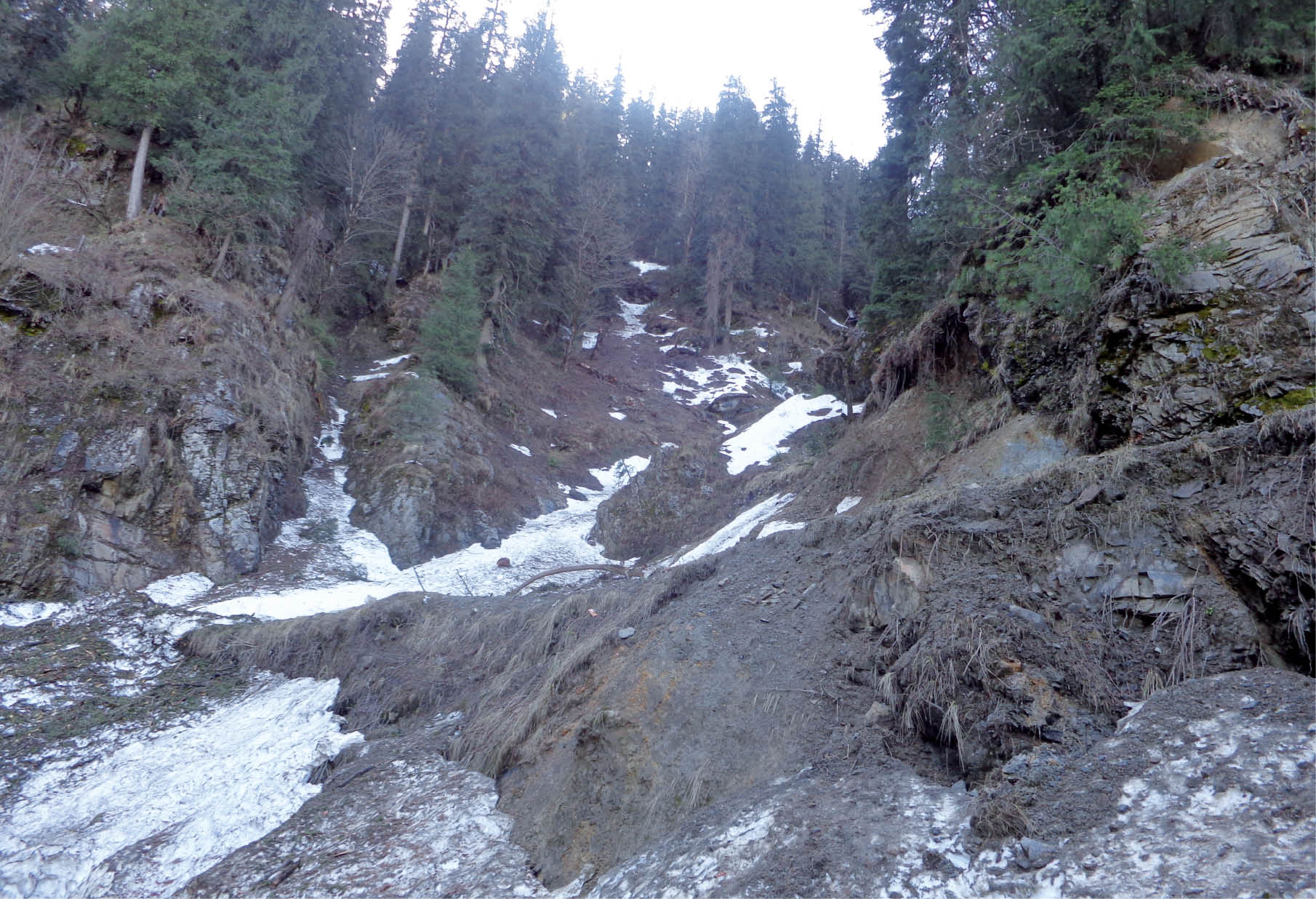Desert Landforms
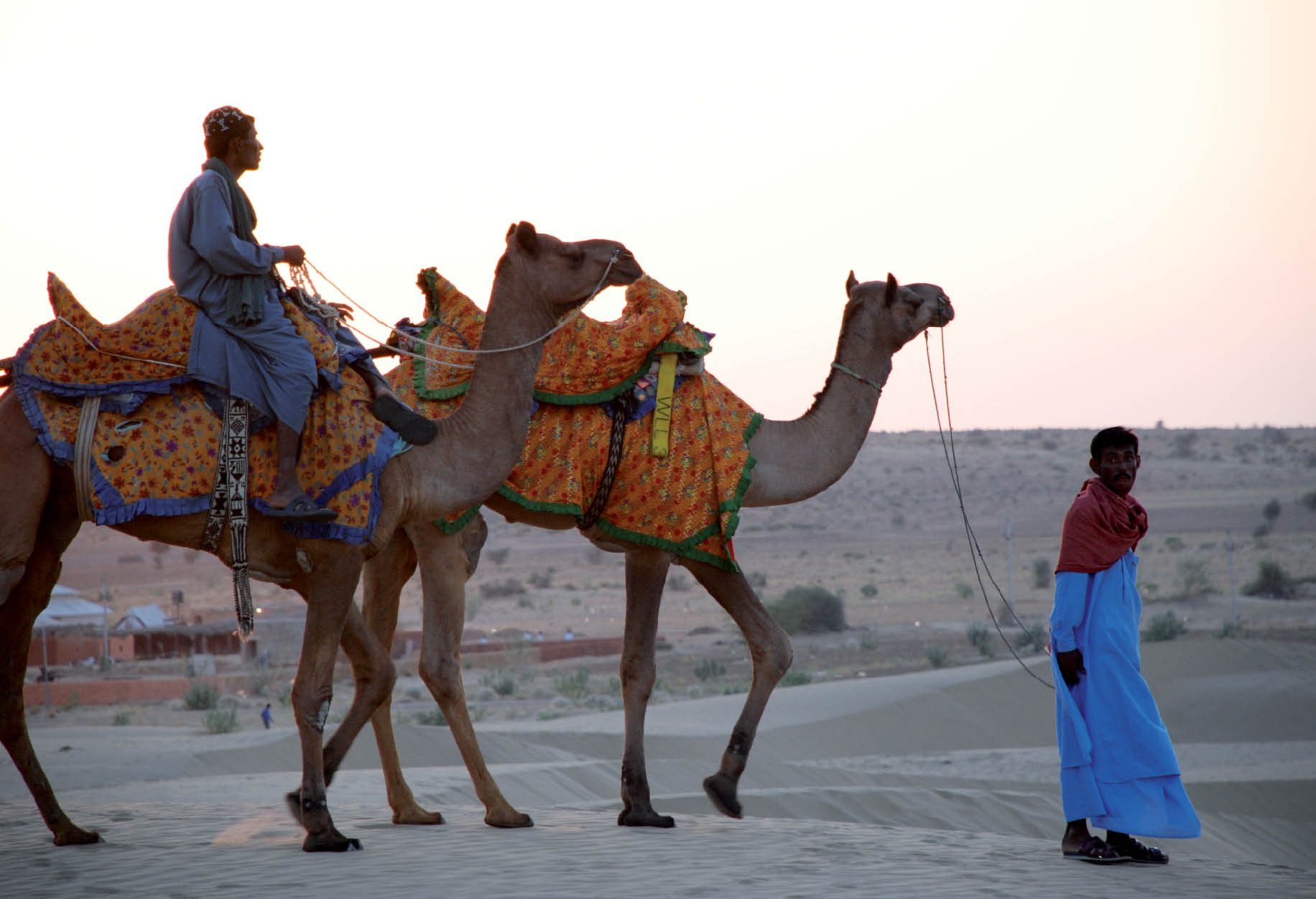

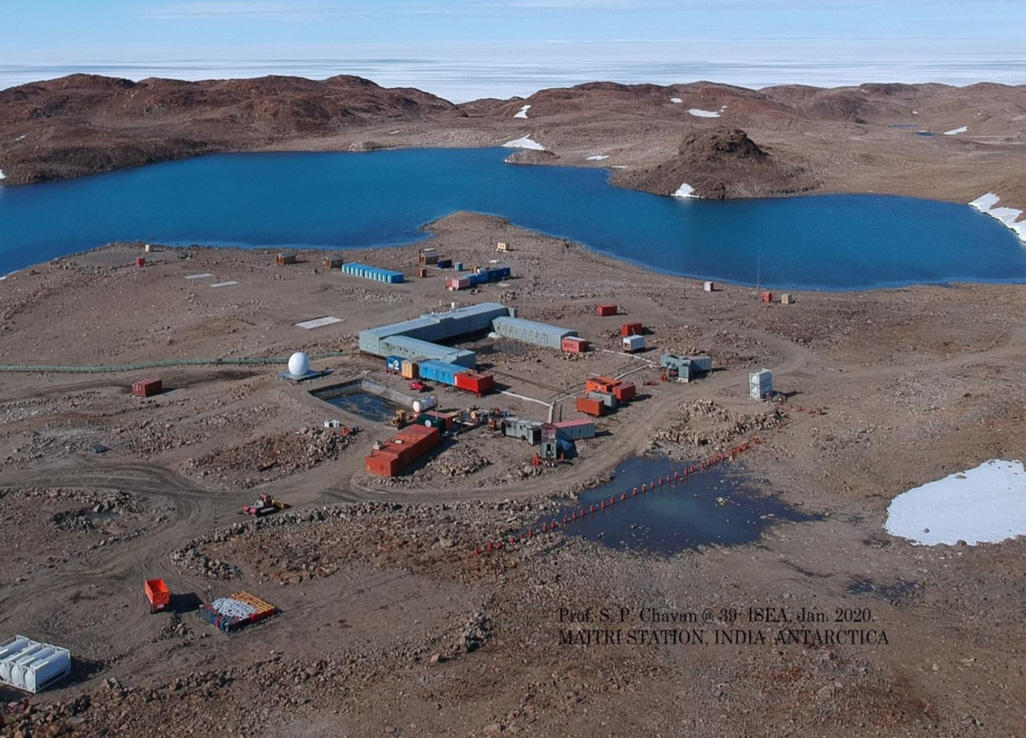
India is set to embark on a new chapter in its Polar exploration journey with the construction of Maitri II. The Indian government plans to establish a new research station near the existing Maitri ba...
.png )
The Deep Ocean Mission (DOM), approved by the Government of India in 2021 under the Ministry of Earth Sciences (MoES), represents a strategic step in realizing Sustainable Development Goal 14 (SDG 14:...
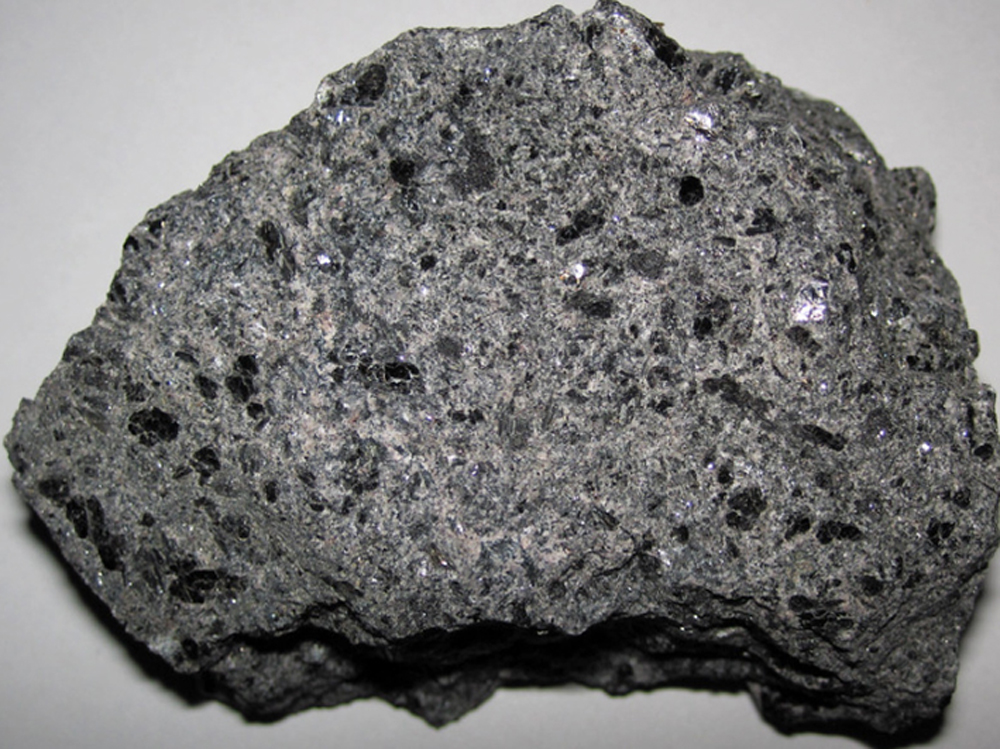
China recently announced restrictions on the export of seven rare earth elements (REEs), soon after US President Donald Trump decided to impose tariffs. As the world's dominant supplier—responsible fo...
Deserts are diverse in nature and found on almost all latitudes. Landforms in desert have evolved through long periods of time and have been created by erosional and depositional processes of the pres...
Coastal landforms constitute erosional or depositional features. Sea cliff, sea caves, sea arches etc., are erosional landforms whereas landforms such as beach, bar, barrier are depositional in nature...
The glaciers have sculpted various landforms transforming the geomorphology of earth. These landforms are the result of processes of weathering, erosion and deposition under harsh climatic regimes.
With 36 low lying coralline islands, the Lakshadweep presents a unique landform that barely rises 2 m above the sea level.
Deserts are diverse in nature and found on almost all latitudes. Landforms in desert have evolved through long periods of time and have been created by erosional and depositional processes of the present as well as the past climatic domains.

Coastal landforms constitute erosional or depositional features. Sea cliff, sea caves, sea arches etc., are erosional landforms whereas landforms such as beach, bar, barrier are depositional in nature.
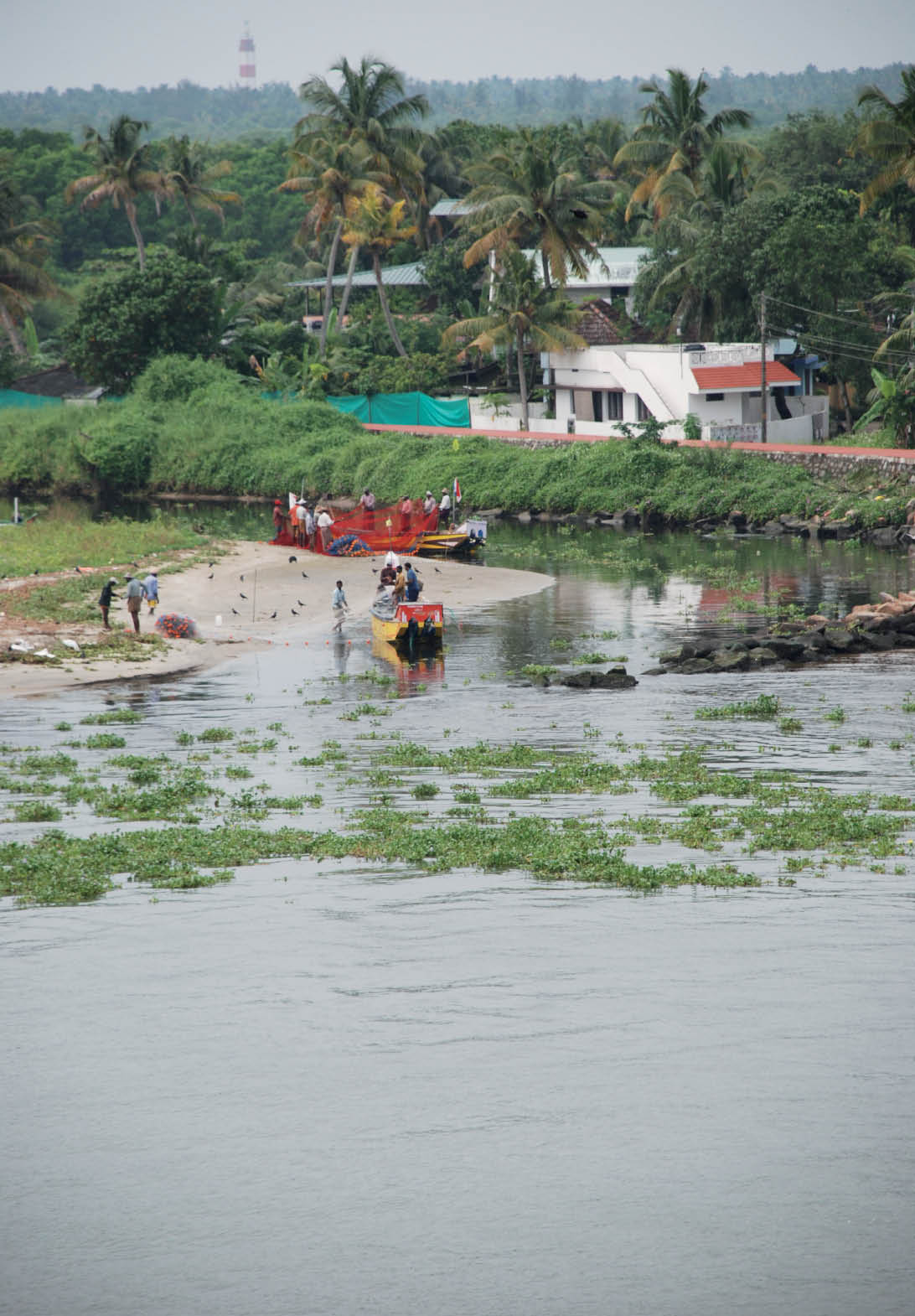
The glaciers have sculpted various landforms transforming the geomorphology of earth. These landforms are the result of processes of weathering, erosion and deposition under harsh climatic regimes.
